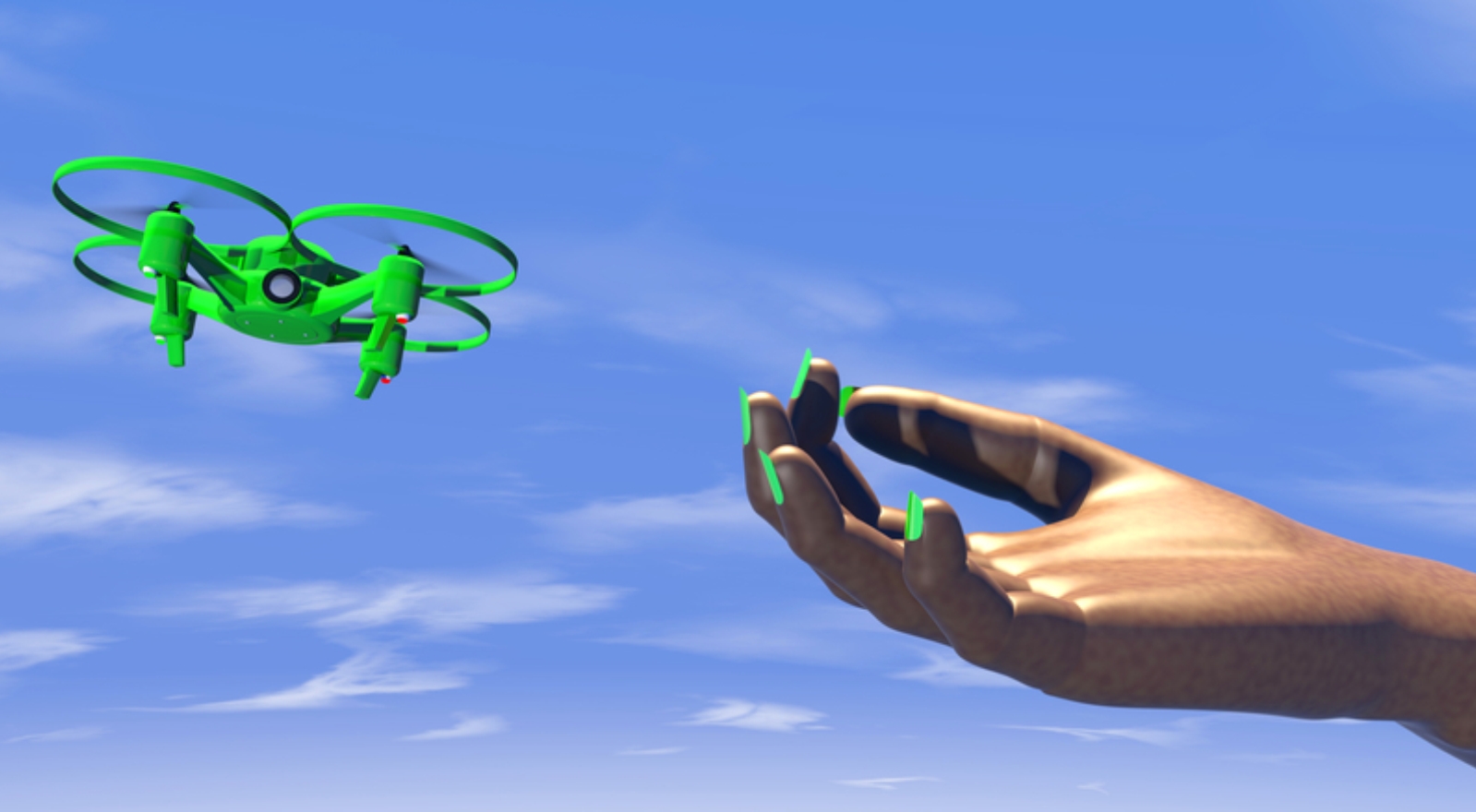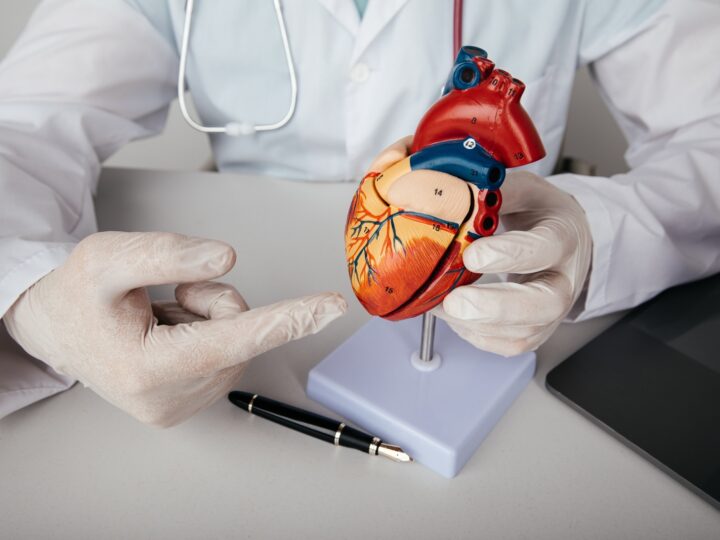When whiteflies take off, they don’t just spread their wings and fly. Just .03 of an inch long, these tiny insects possess a variety of sophisticated techniques to achieve exceptional stability in the air.
Tel Aviv University researchers believe that makers of small robotic manmade flyers, such as miniaturized drones, can learn a lot about a stable takeoff from whiteflies.
Their research, presented at a recent Israel Academy of Sciences and Humanities conference, explored how whiteflies take off without flapping their long folded wings. They raise only their wingtips to provide air resistance and stability.
“Whiteflies take a powerful ‘jump’ before they start using their wings in flight,” said lead researcher Gal Ribak, head of TAU’s Biomechanics of Animal Locomotion Laboratory.
“Then, when the insects are moving through the air, they have to stop the rotation of their bodies to reorient themselves for flapping flight. They are able to do that by extending the tips of their folded wings, causing high air resistance behind the body. This aerodynamic force stabilizes the take-off and only then do the insects spread their wings and start flying.”
This entire process takes less than 12 milliseconds and doesn’t require feedback from the nervous system.
“Nature is providing us with guidance on how to stabilize the take-off of small robotic manmade flyers,” Ribak said.
According to the study, conducted with TAU undergraduate student Eyal Dafni and in collaboration with the late TAU emeritus professor of entomology Dan Gerling, air resistance of body parts is the key.
“The whiteflies leave the ground rotating forward,” said Ribak. “That rotation should result in the insects somersaulting upon leaving the ground. But the tips of the folded wings provide adequate air resistance, similar to the horizontal surfaces on an airplane tail.”
The team filmed the ascent of the insects with high-speed cameras, allowing them to observe the take-offs in slow motion and extract 3D data. They then used the data to model the aerodynamics and rotation of the insects during take-off. The model revealed the tips of the folded wings to be the most important element of the stability mechanism.
















